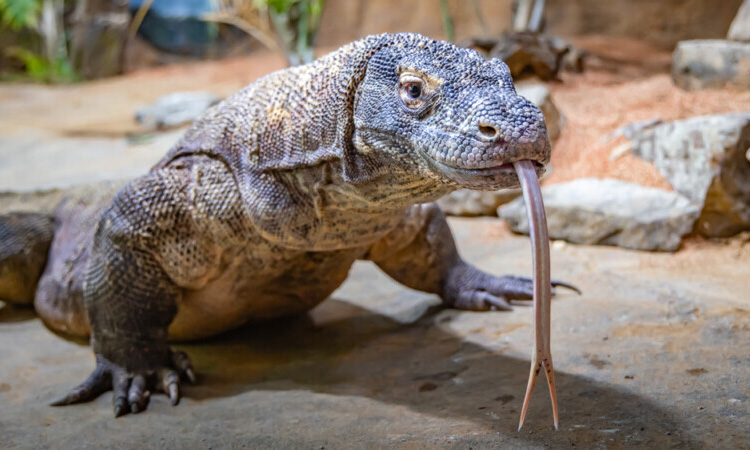The Hawaiian False Lemur: A Fascinating Discovery
The Hawaiian False Lemur is a unique species of primate that has long been shrouded in mystery. Recently, scientists have made significant strides in uncovering the secrets of this elusive creature.
Origins of the Hawaiian False Lemur
The Hawaiian False Lemur, also known as Pseudalouatta maritimus, is believed to have originated from South America. It is thought to have first arrived on the Hawaiian Islands via ocean currents millions of years ago.
Appearance and Behavior
This primate is characterized by its small size, ranging from 5 to 11 inches in length, and its distinctive black and white fur pattern. It is a social animal, often seen living in small groups and communicating through a series of vocalizations.
Habitat and Diet
The Hawaiian False Lemur is primarily found in the dense rainforests of Hawaii, where it feeds on a diet of fruits, nuts, and insects. It is known to be a skilled climber, often leaping from tree to tree in search of food.
Challenges to Conservation
Despite its unique characteristics, the Hawaiian False Lemur is facing numerous threats to its survival. Habitat loss, introduced predators, and disease are all contributing factors to the decline of this primate population.
Conservation Efforts
In recent years, conservationists have been working tirelessly to protect the Hawaiian False Lemur and its habitat. Efforts include establishing protected areas, conducting research studies, and raising awareness about the importance of biodiversity conservation.
The Future of the Hawaiian False Lemur
As scientists continue to uncover the mysteries of this intriguing primate, there is hope that the Hawaiian False Lemur will thrive once again. By working together to address the challenges facing this species, we can ensure a brighter future for this unique creature and the ecosystem it inhabits.




